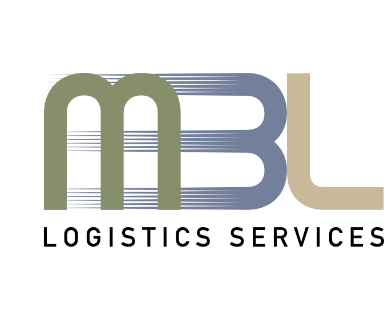M B L B L O G – A U G U S T 2 0 2 5
Behind the numbers: why intermodal savings slowed and what it means for Q3 planning
Intermodal has long offered shippers a cost-effective alternative to truckload, especially on long-haul domestic lanes. But in Q2 2025, the pricing gap between intermodal and truckload narrowed, challenging that advantage.
According to recent reporting from the Journal of Commerce, intermodal savings dipped quarter-over-quarter and year-over-year as inflation-linked contracts, fuel surcharges, and peak season accessorial costs reshaped the rate landscape.
What changed? Several factors converged. First, fuel costs stabilized, narrowing the delta that typically favors rail-based options. Second, early peak season surcharges, announced by major carriers like Schneider National, began impacting pricing models before the quarter even closed. Finally, the growing reliability of truckload service in key corridors made modal flexibility more attainable, further influencing shipper decisions.
As Q3 unfolds, these shifts present a new calculus for logistics leaders. Intermodal may still provide value, but it’s no longer a guaranteed cost win. Decisions around modal mix, network routing, and surcharge timing will need to be more dynamic, requiring closer collaboration between procurement, operations, and transportation partners. The message is clear: visibility into rate structures and scenario planning isn’t optional, it’s essential.

